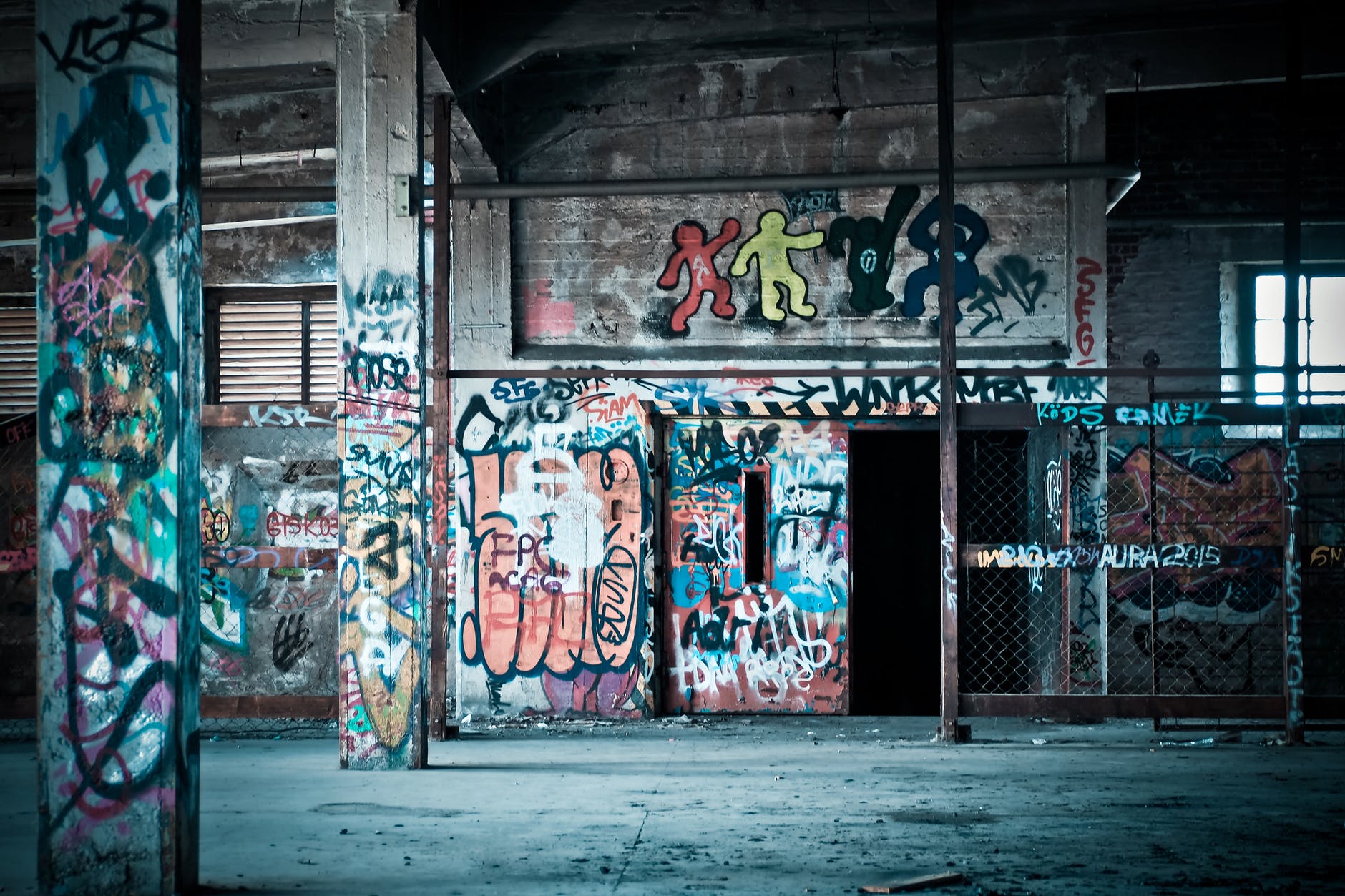Article 2 - the Dilapidations Pre-Action Protocol
29 January 2020

Introduction
This is the second article in our series about dilapidations. In this piece we look at "the Pre-Action Protocol for Claims for Damages in Relation to the Physical State of Commercial Property at Termination of a Tenancy", or "the Dilapidations Pre-Action Protocol" for short. The first article in the series covered an introduction to commercial lease dilapidations.
What is it?
The Dilapidations Pre-Action Protocol is a code of conduct which commercial landlords (and tenants) must follow when a landlord makes a claim for dilapidations at the end of the lease (known as "terminal dilapidations"). It was previously a voluntary code but in 2012 (as a result of an update to the Civil Procedure Rules 1998, being the rules which govern making claims at court) it became mandatory for parties to follow it. There are serious sanctions if it is not followed (more on this below).
The primary objectives of the Dilapidations Pre-Action Protocol is to reduce the number of disputes between landlords and tenants reaching the court and to encourage parties to a dispute to share information. Where claims cannot be avoided its objective is to streamline the court process, narrow the issues between the parties and reduce costs.
What steps are required under the Dilapidations Pre-Action Protocol?

The steps required under the Dilapidations Pre-Action Protocol are in fact straightforward:
1. Landlord serves a schedule of dilapidations
a. The landlord sends a schedule of dilapidations to the tenant, setting out what the landlord considers to be the breaches, the works required to remedy the breaches, and, if relevant, the landlord's costings. The schedule should separate out the different categories, such as repair, re-instatement, re-decoration etc. The schedule should be sent within a reasonable period of time after the lease has finished, which will generally be within 56 days after the tenancy has ended.
b. A landlord is not required to serve a schedule of dilapidations before the lease has ended, but if it does, the landlord must, at the end of the lease, confirm that the situation remains the same as per the schedule already served, or (within a reasonable period of time) send a further schedule.
c. The schedule of dilapidations must be endorsed confirming (i) that the works are reasonably required to remedy breaches, (ii) that full account of the landlord's intentions for the property have been taken into consideration, and (iii) the costings (if provided) are reasonable.
2. Landlord also serves a quantified demand
a. The landlord is also to prepare a quantified demand, setting out clearly all aspects of the dispute and the amount the landlord is seeking for damages in respect of the breaches set out in the schedule. The quantified demand should also set out any other items of loss and the basis upon which such losses may be recovered. It should also confirm whether VAT applies. The quantified demand should be sent within the same timescale as the schedule of dilapidations and should also confirm that the landlord (or its surveyor) is prepared to attend a negotiation meeting with the tenant (or its surveyor) within 28 days of the tenant's reply.
3. Tenant responds
a. The tenant should respond within a reasonable period of time, which will usually be within 56 days of receipt of the quantified demand. The tenant should respond using the landlord's schedule of dilapidations and should provide sufficient detail to enable the landlord to understand the tenant's view on each item claimed.
b. As with the landlord's schedule of dilapidations, the tenant (or its surveyor) should provide an endorsement confirming that (a) the works specified in the response are the only works reasonably required for the tenant to remedy the alleged breaches of covenant, (b) the costs proposed by the tenant are reasonable and (c) the tenant has taken into account the landlord's intentions for the property.
c. If the tenant believes there might be supersession (we cover this in article 3), the response ought to state this, particularising those items to which the tenant's view can be applied, along with evidence in support of why the tenant believes there might be supersession.
4. Parties engage in negotiations and explore settlement
a. The dilapidations protocol encourages the parties to meet before the tenant has served his response to the quantified demand but, as mentioned above, the parties (including surveyors) should generally meet within 28 days after the tenant's response. This is a without prejudice meeting and the purpose is to attempt to agree as many of the dispute items as possible.
b. Where settlement is not achieved in these negotiations the parties should then consider whether an alternative settlement process can be adopted to resolve the dispute (for example, mediation).
5. Pre-litigation final steps – quantification of loss
a. If the parties cannot achieve settlement during this process, then before the claimant landlord issues a claim the Dilapidations Pre-Action Protocol requires the landlord to quantify its loss by providing a detailed breakdown of the issues and consequential losses. This is calculated either by (i) preparing a formal diminution in value report or an account of the incurred expenditure, or (ii) if only some of the remedial action has been carried out, a combination of both.
b. Where the works have not already been carried out, or have only been partly carried out, the quantification of loss must also set out the works that it intends to complete and by when, and must also confirm the steps it has taken towards getting the works done (e.g. by obtaining quotations or specifications for the works). The landlord must also show the scope of the works in order to identify the effect on the dilapidations claim (i.e. that the works are relevant to the claim).
c. Furthermore, where the works are not being (or will not be) carried out in full, the landlord should provide a diminution in value report (more on this in article 3) unless it is not reasonable to do so.
d. If a tenant intends to rely on a defence of diminution in value, it must confirm this and provide a diminution in value report to the landlord within a reasonable period of time (usually 56 days from receipt of the quantification of loss from the landlord).
e. Finally, if following all of these steps the matter has not resolved, the dilapidations protocol requires the parties to take stock of their positions, consider their evidence and explore whether proceedings can be avoided (or the issues between them can be narrowed).
Do the parties need to instruct experts?
It is not strictly necessary under the Dilapidations Pre-Action Protocol to instruct a surveyor to carry out a schedule of dilapidations. However, it is usually good practice to do so and in the vast majority of cases the lease will contain a clause requiring the tenant to indemnify the landlord in respect of the cost of the preparation of a terminal schedule of dilapidations. A landlord is therefore likely to engage the services of a surveyor when serving a schedule of dilapidations.
The Dilapidations Pre-Action Protocol contains various precedent schedules and it is advisable for landlords and surveyors to use these. The dilapidations protocol also encourages the landlord to send these documents to the tenant in electronic format.
What happens if the protocol is not followed?
 The court takes a very dim view of parties who do not follow the Dilapidations Pre-Action Protocol. Whilst there is nothing stopping a landlord claimant from issuing a claim without following the dilapidations protocol, the court is highly likely to penalise a defaulting party when it comes to making a costs award. Therefore, even though the general rule is that a winning party recovers its costs from the losing party, this rule can easily be dis-applied by the court if the winning party has not followed the dilapidations protocol. A successful claimant who does not follow the protocol could therefore end up having to pay not only its own costs, but the costs of the defendant too.
The court takes a very dim view of parties who do not follow the Dilapidations Pre-Action Protocol. Whilst there is nothing stopping a landlord claimant from issuing a claim without following the dilapidations protocol, the court is highly likely to penalise a defaulting party when it comes to making a costs award. Therefore, even though the general rule is that a winning party recovers its costs from the losing party, this rule can easily be dis-applied by the court if the winning party has not followed the dilapidations protocol. A successful claimant who does not follow the protocol could therefore end up having to pay not only its own costs, but the costs of the defendant too. Summary
If you have any questions about commercial lease dilapidations, or would simply like an informal chat with one of our dilapidations experts, please use the form above to get in touch.
“The court takes a very dim view of parties who do not follow the Dilapidations Pre-Action Protocol.... the court is highly likely to penalise a defaulting party when it comes to making a costs award.”
Michael Ellis, Senior Associate and Dilapidations Solicitor, Salisbury & London



